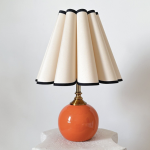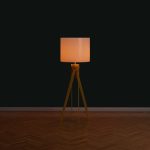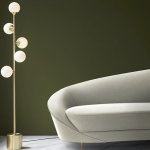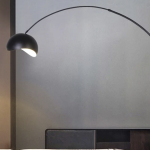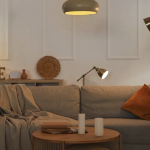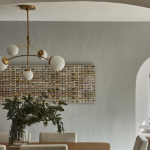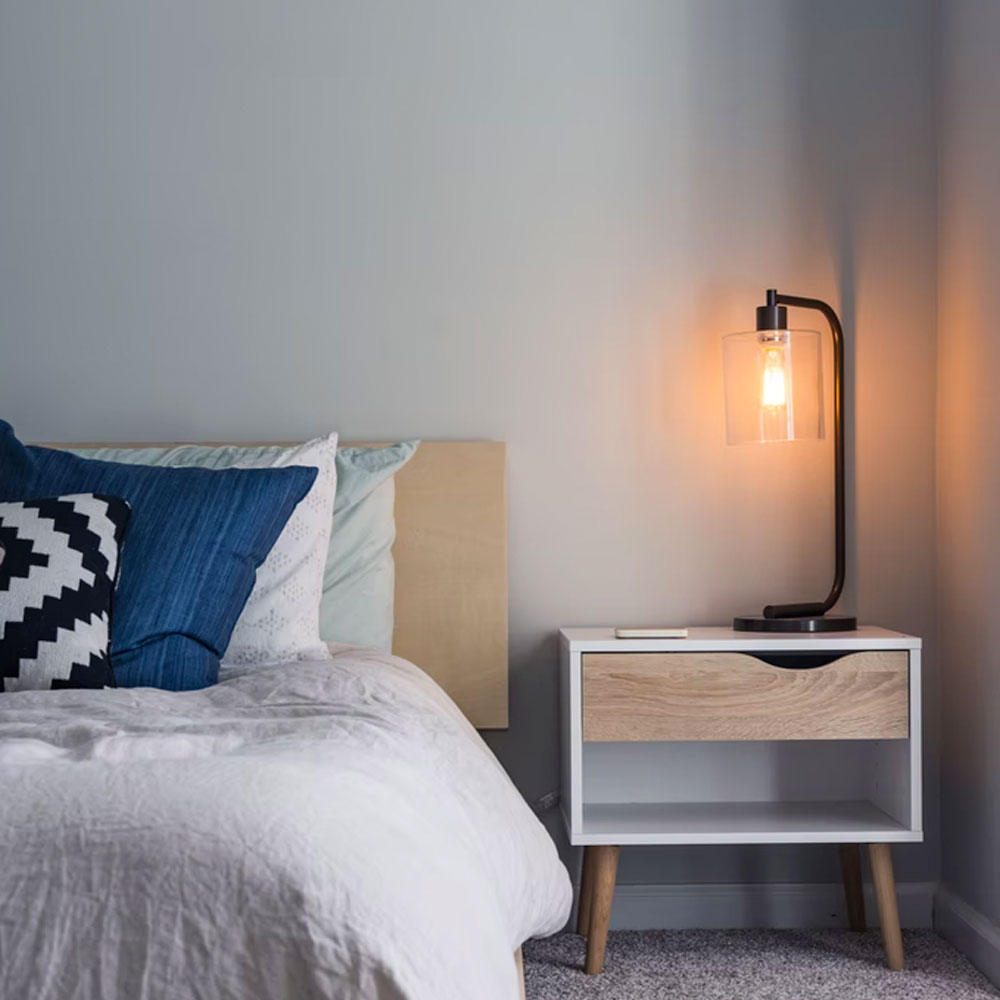

Choosing the right design light bulbs can make a huge difference in the overall look of a room. Whether you’re looking to improve the aesthetics of your kitchen or bathroom, or you’re simply looking to make your home feel more comfortable, there are plenty of design light bulbs to choose from.
Lumens
Choosing the right design light bulbs can be a bit tricky. You want to find the best possible light for the space you’re working in, but you also want to make sure that you don’t end up overlighting your room or creating dark spots.
In order to get the most out of your lighting purchase, you need to understand what the Lumens and Watts of your design light bulbs mean. The Lumens are a measure of the brightness of a light bulb, while the Watts measure the amount of energy it consumes.
Kelvin value
Choosing light bulbs with the Kelvin value of design can help you achieve the look you want. The higher the Kelvin value, the closer the light is to sunlight.
Choosing the right light bulb can be a daunting task. However, there are some key features to consider.
Light bulbs with a higher Kelvin value can create a cool and refreshing light. These bulbs are perfect for tasks. The color temperature can also be important for interior lighting. Light that is too cool can distort the colour of a warm white trim or ceiling.
Longevity
Compared to incandescent bulbs, design light bulbs with longevity offer more energy-efficient lighting. However, there are a few factors that affect the lifespan of a bulb. For instance, electrical surges can deteriorate a bulb’s performance. Other factors include extreme cold and heat.
The design life of a light bulb can range from a few months to decades. The Federal Trade Commission requires manufacturers to label all light bulbs with a lighting facts sheet that details the brightness, color temperature, and average rated life (ARL) of each bulb.
Dimming options
Choosing the right dimming options for design light bulbs can be difficult. Luckily, there are a few simple tips to help you find the right one. Using a dimmer switch can help you reduce energy usage and extend the life of your light bulbs.
You’ll want to choose a dimmer that works with your LED lights. Some LEDs can cause flickering and other performance anomalies. You’ll need to test the dimming ability of your LEDs to find out whether they work with your dimmer switch.
Bulb-centric fixtures
Whether you are in the market for a new bulb or looking to revamp your lighting system, bulb-centric fixtures are a great way to showcase the form of the bulb itself. This is particularly useful in a room where the bulb is the centerpiece. However, it’s important to ensure the bulb is dimmable, especially if you’re using it in an area where you want to soften the light.
Creative uses
Whether you’re in the market for some holiday decorating inspiration or you simply want to brighten up your home, there are many ways to incorporate creative design light bulbs into your decor. These bulbs are not only fun to look at, but they also add a unique twist to your home.
It’s no secret that light bulbs have a big part to play in our culture. They can represent brilliance, power, and even the environment. While there are plenty of creative ways to decorate with light bulbs, there are also plenty of ways to repurpose them into something useful.


